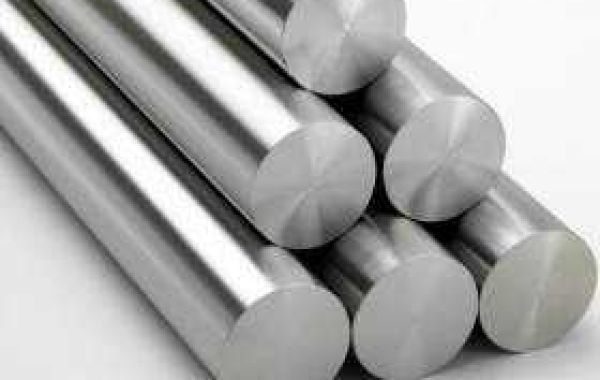Yes, machining will damage the galvanized coating in areas where the cutting tool makes contact with the steel. Here's a breakdown of what to expect:
- Machining cuts through the zinc layer: The primary function of CNC machining is to remove material to create the desired shape. Since the galvanized coating is a layer on the steel's surface, any machining operation will cut through the zinc in the machined areas.
- The extent of damage depends on machining depth: Sh shallower machining that removes minimal material might only graze the surface, leaving some of the zinc coating intact. Deeper cuts will completely remove the zinc coating from the machined areas.
- Exposed steel becomes susceptible to rust: The primary purpose of the zinc coating is to protect the underlying steel from corrosion. Once the machining process removes the zinc coating, the exposed steel becomes vulnerable to rust, especially in humid or wet environments.
Here are some additional points to consider:
- Reapplication of protective layer: If corrosion resistance is crucial for your finished product, you might need to consider applying a different protective coating, like paint or rust preventative, after the machining process to protect the exposed steel.
- Alternative materials:Depending on your project's specific requirements, using stainless steel instead of galvanized steel might be a better option. Stainless steel offers inherent corrosion resistance without a separate coating and can be machined, although it's generally a tougher material to machine compared to galvanized steel.
Machining will damage the galvanized coating in the machined areas. If maintaining a corrosion-resistant surface is important for your project, you'll need to consider reapplying a protective layer or opting for a different material like stainless steel. So you might have a new question: Galvanized Steel or Stainless Steel–Which is Better for CNC Milling?






